
CDC Return to Work Guidelines for Business & Employees
The Coronavirus is widespread, and now that we identify how to deal with it, employers want to know if they can reopen offices. They do have to contend with the challenges of working with employees who have survived COVID. The CDC (Centers for Disease Control and Prevention) understands this need and has some useful advice. Their website lists CDC return to work guidelines concerning survivors who will not be in isolation.
The standards they’ve recommended are more flexible and are intended to aid the employer’s return to work plan. It will also aid employees. However, higher rates of absences can be seen as the pandemic rages are on. Some time ago, the CDC recommended a 14-day self-quarantine for individuals who tested positive for COVID-19 and those who displayed similar symptoms. This rule was recently updated, and the new CDC return to work guidelines state that people can end home isolation and go back to work before this 14-day period ends.
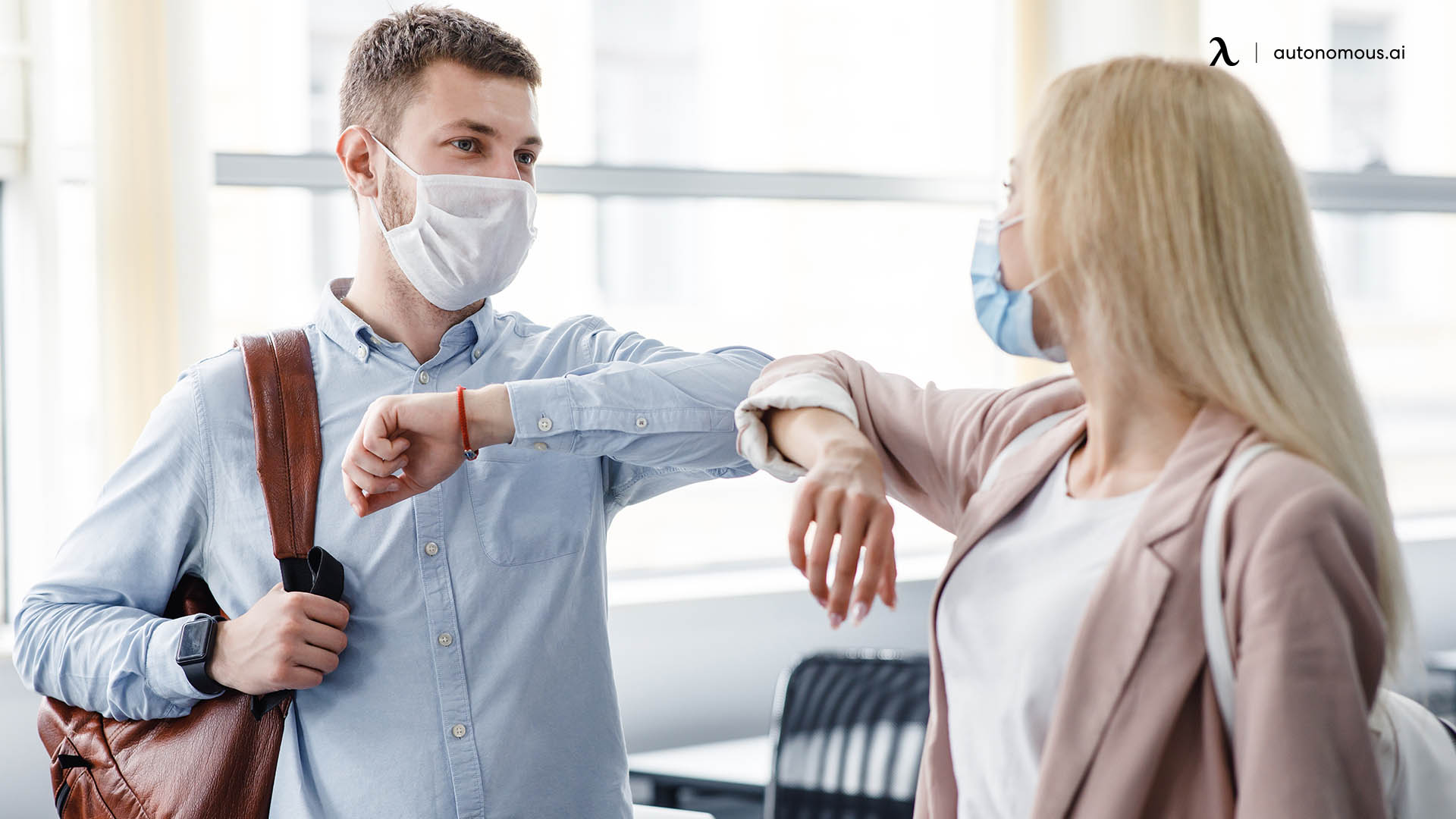
The objective of these new recommendations is to create a back to work testing phase. Travis Vance and Nicholas Hulse from the Fisher Phillips law firm say that these CDC guidelines for returning to work might not prevent all forms of secondary spread.
What is still essential is the immediate separation of those employees who exhibit COVID-19 symptoms, whether they arrive sick to work or have symptoms from their interactions with visitors, customers, and other employees.
Other additions to the CDC return to work plan include what to do when bringing back employees from home isolation. The CDC recommends that they should satisfy any of the two following scenarios.
Scenario 1
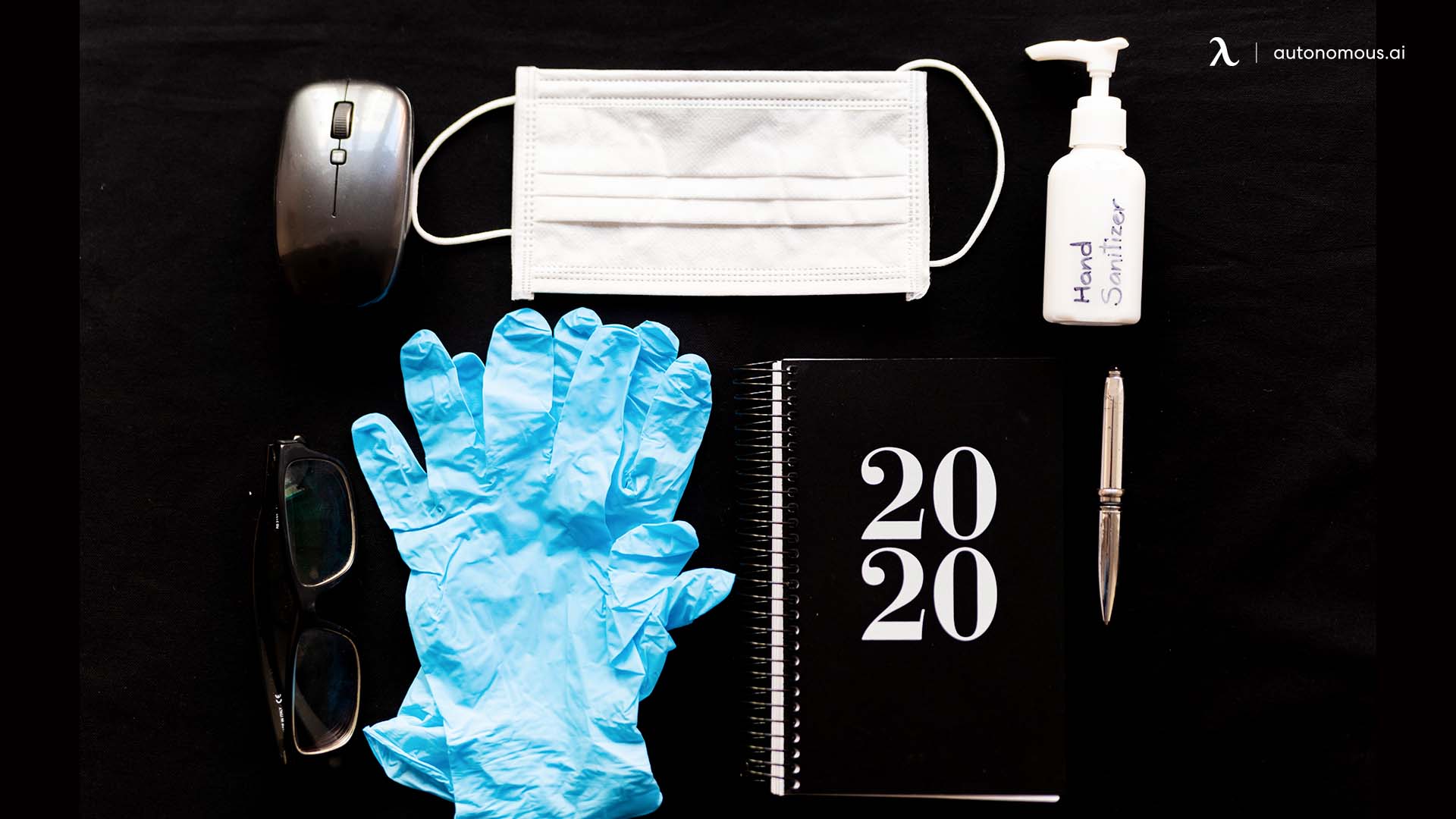
Here, employees who aren’t tested but had symptoms and were isolated at home can discontinue this isolation. However, they may only do so once they fit the following CDC return to work criteria:
- They need to wait for 72 hours after recovery: this is to check the resolution of fever without medication use.
- There should be an improvement or recovery of respiratory symptoms like breathing difficulty and coughing.
- 7 days should have passed since the detection of symptoms.
Scenario 2
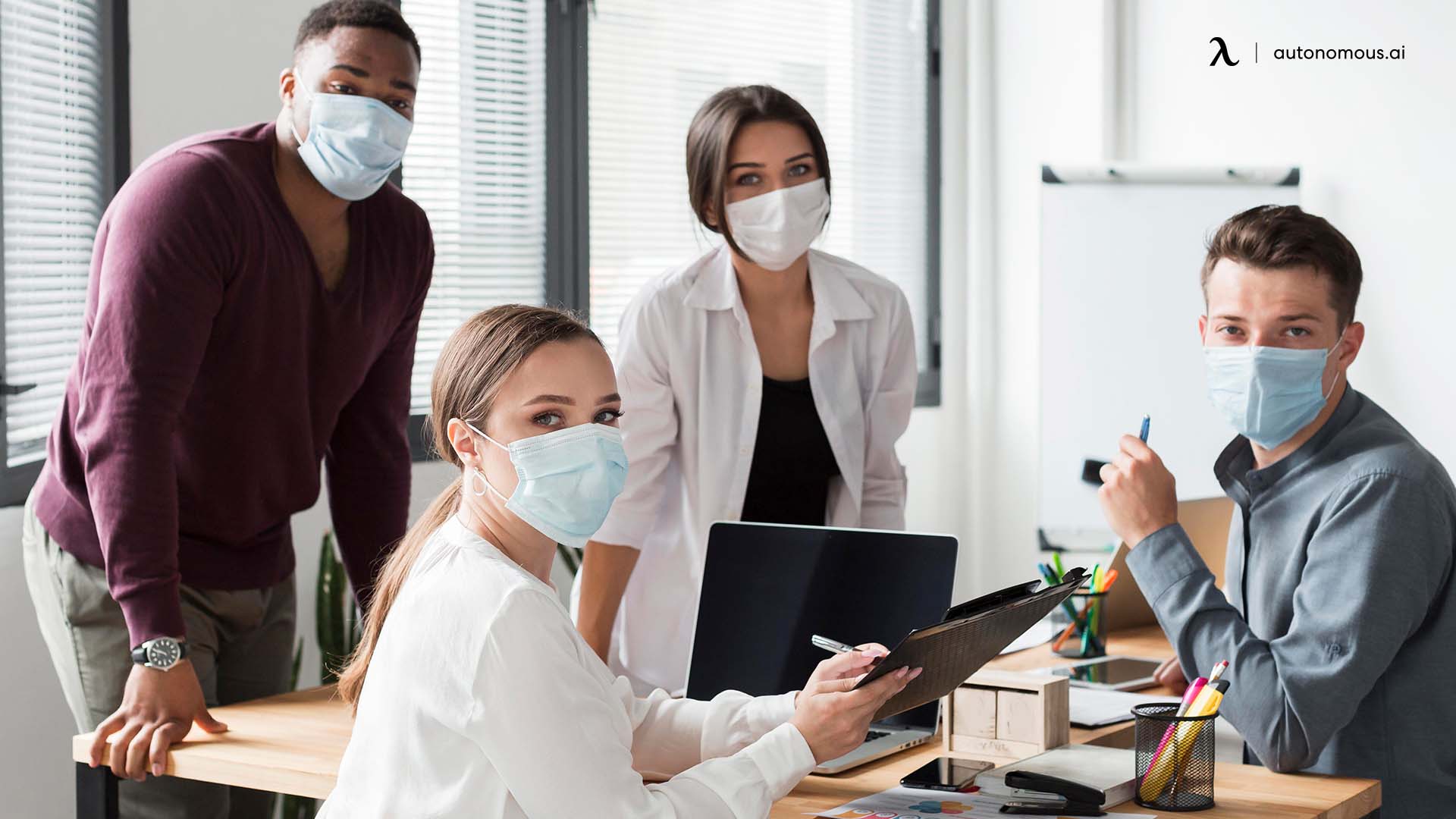
If an employee is tested to see if they are contagious, they can discontinue isolation. However, they may only do so once they fit the following conditions mentioned on the CDC return to work checklist:
- They don’t have any fever – mild or severe without the use of fever-reducing medications.
- An improvement or recovery of any other symptoms
- The employee has tested negative for 2 tests in a row; each taken 24 hours apart.
Extra protection in the workplace
If the anxiety of going back to work is bothering you, there are ways to keep you safe. There are certain ways and CDC return to work guidelines to distance yourself and keep you safe from infection.
Stay at home when required
If you notice any symptoms or have tested positive, stay at home. Call your manager and inform them, understand the precautions to be taken, and ask when you can return back to work after quarantine. If you don’t have symptoms but have been around someone who does, notify your manager and follow the recommended precautions.
Track your health

Keep a watch for symptoms, especially if your job role requires frequent meetings, moving to warehouses, or if it’s impossible to maintain 6 feet of distance. If you are in sales, business development, field marketing, consider a return to work risk assessment every two weeks or when you see symptoms. Encourage employees to self-screen at home before going to work and just before entering the office.
Wear masks
Wear a mask for protection, and when social distancing isn’t possible. If you commute using public transportation, or are in indoor spaces with central ventilation, keep your mask on.
Hand washing
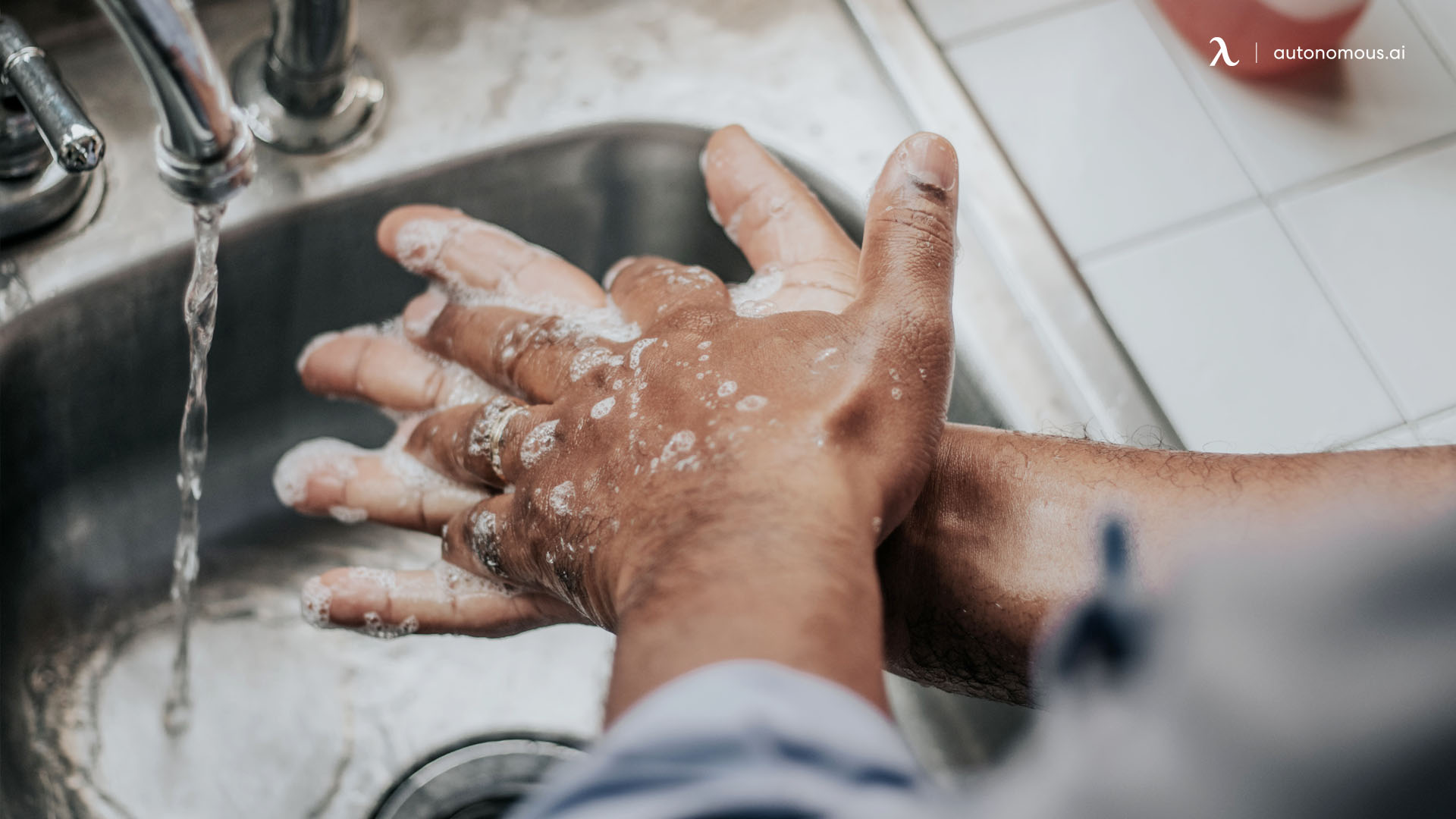
Wash your hand or use sanitizer when you touch surfaces and avoid touching your mouth, eyes, nose if you haven’t. Cover your mouth each time you sneeze with a tissue. Throw away tissues in a bin and wash your hands or use a sanitizer. Wipe down your office ergonomic chair each day before you begin working.
Clean and sanitize your workspace
Keep all you need on your desk and avoid sharing equipment, food, workstations, or disinfect your adjustable standing desk when you return from a colleague’s desk. Areas like the keyboards, workstations, handrails, doorknobs, telephones, and so on should be wiped down. The same goes for any cartons, delivery boxes, and office furniture bulk order that comes to your office.
Closer, frequent, and more prolonged interactions could increase the risk of COVID-19. However, when you return to work, you may have to interact with other people. What you can do is protect yourself by following all of the preventive actions. Keep masks, tissues, and 60% alcohol hand sanitizer handy.
Employers’ response plan
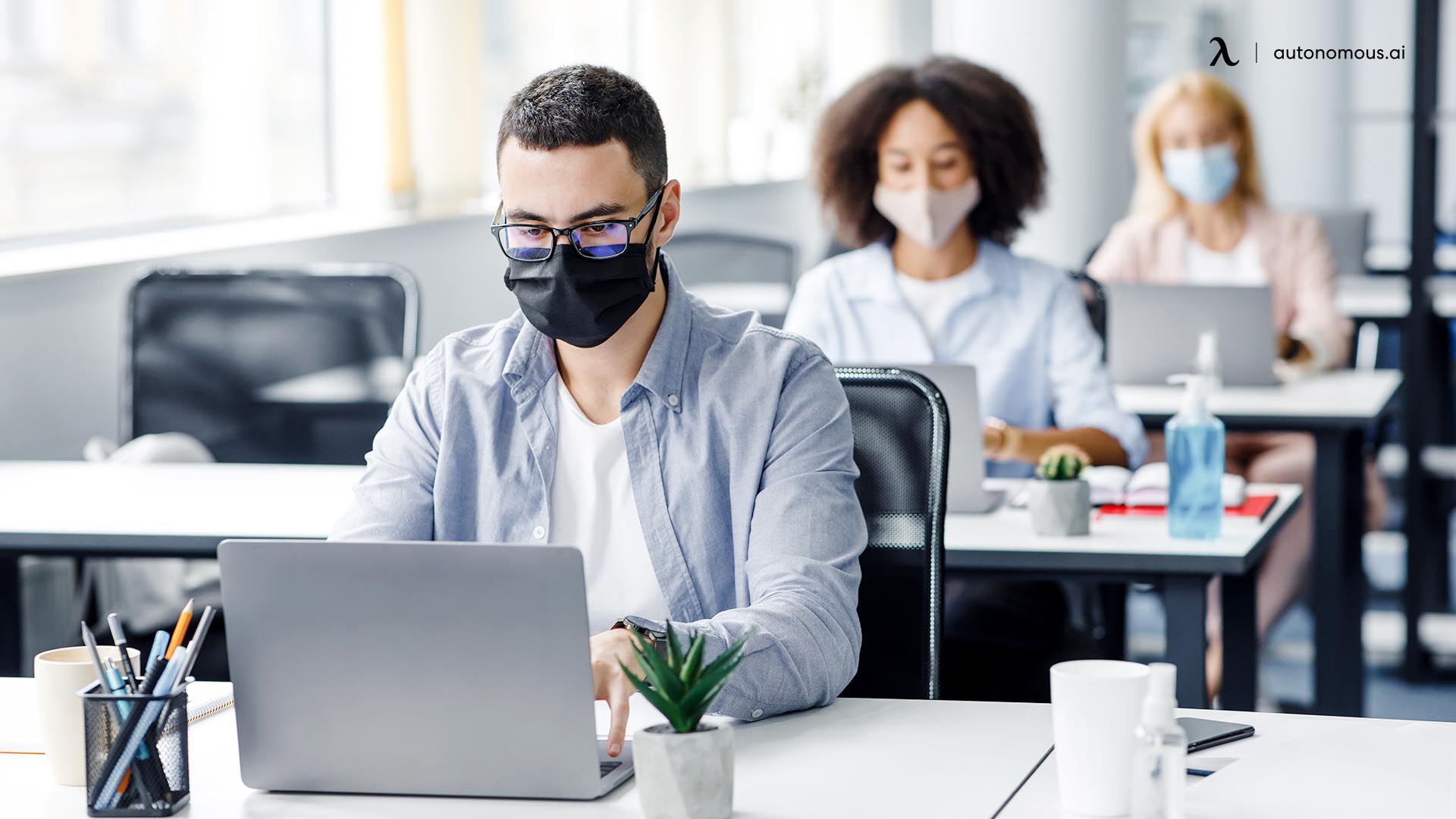
To slow the spread or prevent it altogether, employers should develop a response plan. It is an important part in CDC return to work guidelines. The plan must be built around operations and include activities that reduce transmission risk.
- Maintain only those operations that are critical to the business. Reintegrating all workers might not be a good idea, especially if you lack space. Ensure only those directly involved in critical operations are on site.
- Maintain a healthy environment by supplying masks and sanitizers. Implement the cleaning and sanitation procedures and modify workstation layouts for social distancing.
- Ensure adequate space for social distancing. Reduce transmission by isolating sick workers or sending them home as required. Follow up on their treatment and quarantine protocols.
Update the plan as and when people are infected, recovered, and returned. When updating your COVID-19 response plan, ensure adherence to the following:
Implement the recommendations for businesses and employers as given by the CDC. Guidance and protection norms for people in critical infrastructure in industries like seafood and poultry processing, manufacturing, agriculture, etc., are provided online. Your plan must comply with the OSHA requirements; these are developed for protecting workers.
Get exclusive rewards
for your first Autonomous blog subscription.
Spread the word
You May Also Like




-7512dd9e-3510-42ed-92df-b8d735ea14ce.svg)


